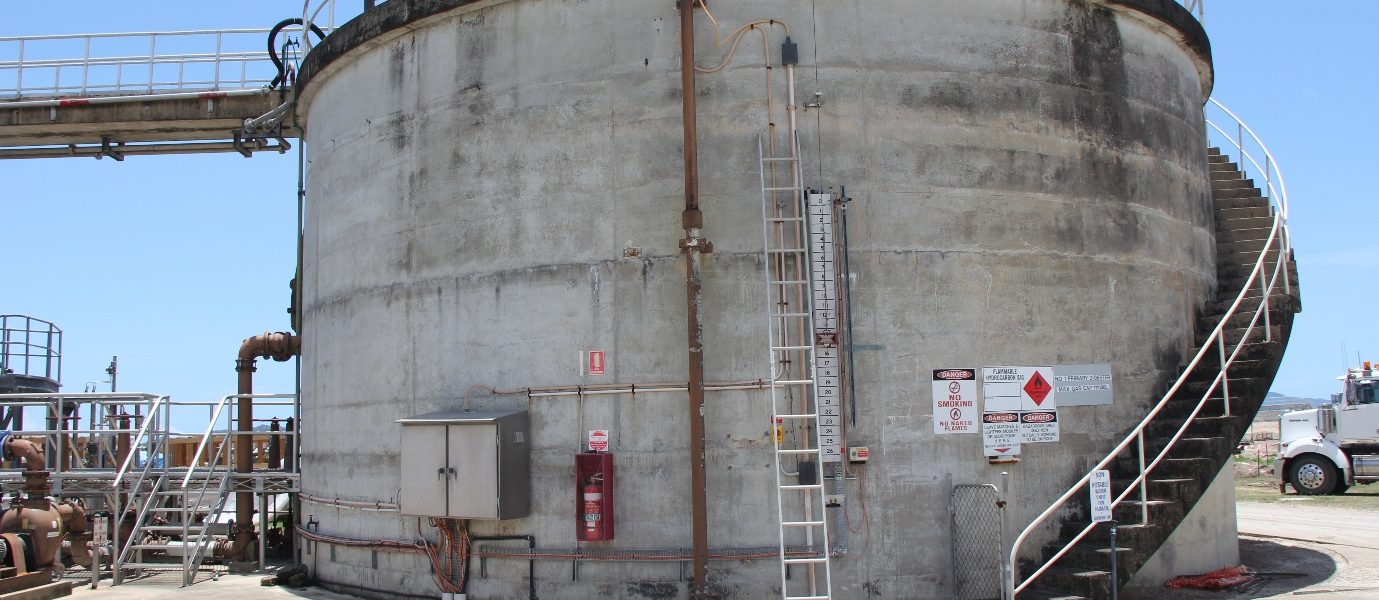The Main Principles Of Roar Solutions
Wiki Article
Unknown Facts About Roar Solutions
Table of ContentsRoar Solutions Things To Know Before You Get ThisExcitement About Roar SolutionsThe Roar Solutions Ideas
In such an environment a fire or explosion is possible when three basic problems are fulfilled. This is usually referred to as the "harmful area" or "combustion" triangle. In order to secure installments from a potential explosion a technique of analysing and categorizing a possibly dangerous location is required. The function of this is to ensure the appropriate option and setup of equipment to inevitably protect against an explosion and to make sure safety and security of life.
(https://www.slideshare.net/thomascarrillo4740)
No equipment needs to be mounted where the surface temperature level of the tools is higher than the ignition temperature of the given risk. Below are some typical dust harmful and their minimum ignition temperature level. Coal Dust 380C 225C Polythene 420C (melts) Methyl Cellulose 420C 320C Starch 460C 435C Flour 490C 340C Sugar 490C 460C Grain Dirt 510C 300C Phenolic Resin 530C > 450C Aluminium 590C > 450C PVC 700C > 450C Soot 810C 570C The probability of the danger being present in a concentration high sufficient to trigger an ignition will vary from area to location.
In order to categorize this risk an installation is split right into locations of threat relying on the quantity of time the hazardous exists. These areas are described as Zones. For gases and vapours and dusts and fibers there are 3 zones. Zone 0 Zone 20 A hazardous ambience is very most likely to be present and might exist for extended periods of time (> 1000 hours per year) or perhaps constantly Zone 1 Area 21 A harmful ambience is feasible but unlikely to be existing for extended periods of time (> 10 450 C [842 F] A classification of T6 means the minimum ignition temperature is > 85 C [185 F] Harmful location electric equipment perhaps created for use in higher ambient temperatures. This would suggested on the rating plate e.g. EExe II C T3 Ta + 60C( This means at 60C ambient T3 will certainly not be surpassed) T1 T1, T2, T3, T4, T5, T6 T2 T2, T3, T4, T5, T6 T3 T3, T4, T5, T6 T4 T4, T5, T6 T5 T5, T6 T6 T6 A T Class score of T1 suggests the optimum surface area temperature level created by the tool at 40 C is 450 C. Thinking the associated T Class and Temperature level score for the devices are suitable for the location, you can constantly utilize a tool with an extra rigorous Division rating than needed for the location. There isn't a clear answer to this concern. It really does depend upon the kind of devices and what repair services need to be performed. Devices with details test procedures that can't be executed in the area in order to achieve/maintain 3rd party rating. Should check that come back to the factory if it is prior to the devices's service. Area Repair Work By Authorised Personnel: Challenging testing may not be required nevertheless particular procedures may require to be complied with in order for the equipment to preserve its third party rating. Authorized personnel have to be utilized to perform the job correctly Fixing must be a like for like replacement. New component need to be taken into consideration as a straight replacement needing no unique screening of the tools after the repair is total. Each piece of tools with a hazardous ranking need to be assessed independently. These are described at a high level below, yet for more thorough info, please refer directly to the guidelines.
All About Roar Solutions
The devices register is an extensive data source of equipment documents that includes a minimum collection of fields to identify each item's place, technological criteria, Ex-spouse classification, age, and environmental information. The proportion of Comprehensive to Shut assessments will be established by the Equipment Risk, which is analyzed based on ignition danger (the chance of a source of ignition versus the probability of a flammable ambience )and the dangerous area category( Zone 0Area 1, or 2). Applying a durable Risk-Based Evaluation( RBI )method is essential for guaranteeing compliance and security in managing Electric Equipment in Hazardous Areas( EEHA).
Roar Solutions for Beginners

In regards to eruptive risk, an unsafe location is a setting in which an eruptive atmosphere is present (or may be anticipated to be present) in quantities that need unique preventative measures for the building, installment and use devices. eeha certificate. In this article we check out the challenges encountered in the workplace, the danger control actions, and the called for expertises to function safely
These materials can, in particular problems, create explosive ambiences and these can have significant and unfortunate repercussions. Most of us are acquainted with the fire triangle remove any type of one of the three components and the fire can not take place, yet what does this mean in the context of unsafe locations?
In many instances, we can do little about the degrees of oxygen airborne, but we can have substantial influence on resources of ignition, for instance electric tools. Unsafe locations are recorded on the dangerous area category drawing and are determined on-site by the triangular "EX-SPOUSE" indication. Here, among other essential information, zones are divided right into three kinds relying on the hazard, the chance and duration that an eruptive environment will certainly exist; Area 0 or 20 is deemed one of the most harmful and Area 2 or 22 is deemed the least.
Report this wiki page